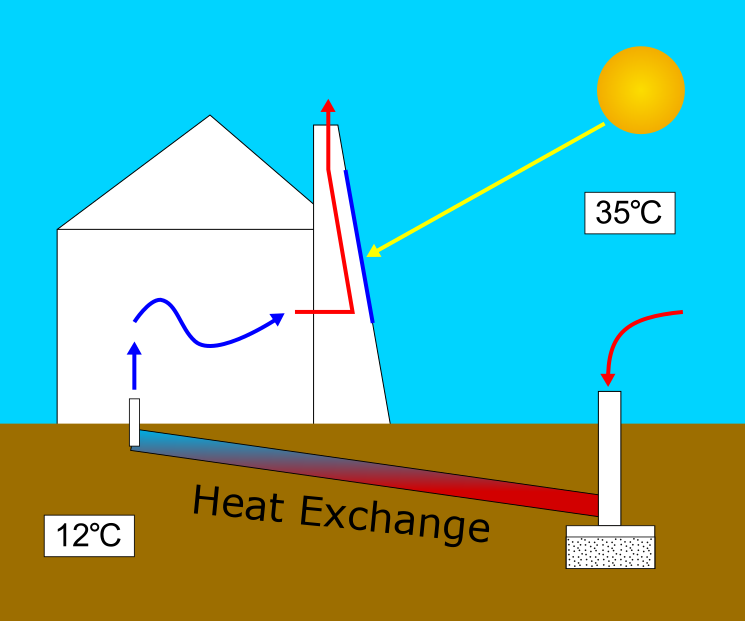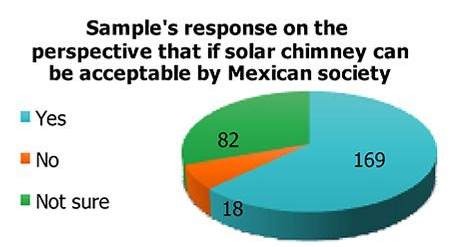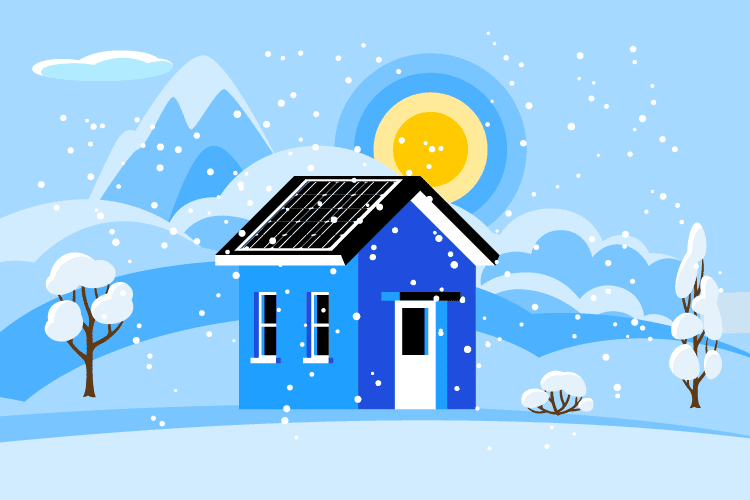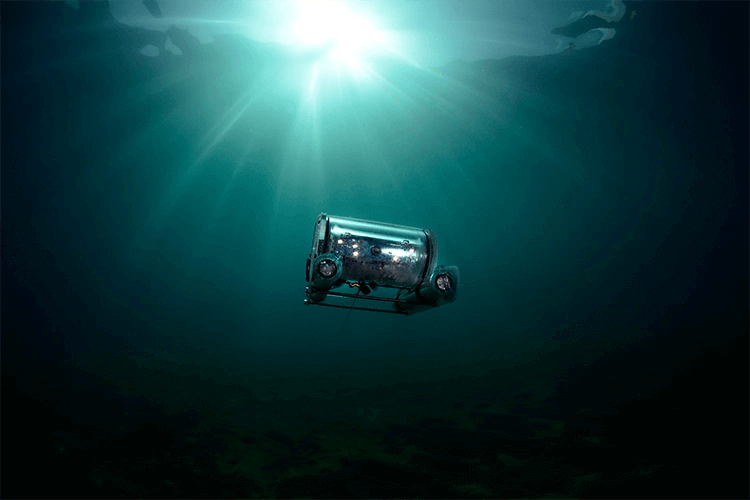By Rasikh Tariq
Bioclimatic architecture is making waves with its cutting-edge proposal for solar chimneys. This innovative approach leverages natural elements to regulate building temperatures, reducing reliance on traditional heating and cooling systems.
Solar chimneys, a key feature of this eco-friendly design, use the sun’s energy to enhance ventilation and improve indoor air quality. As the world grapples with climate change, bioclimatic architecture and its solar chimney concept offer a promising path toward sustainable living.
However the challenge for future architecture lies in the rising construction of social housing globally, aimed at meeting the needs of middle-income families. Many of these housing projects present challenges in terms of energy efficiency and environmental sustainability.
Bioclimatic Architecture in Mexico
Our research in Mexico proposes a sustainable solution for a complex with more than 100,000 social housing units, built in 2021 and documented in the Unique Housing Registry (RUV, 2022), unfortunately without strictly adhering to energy codes.
Employing a bioclimatic architecture approach in social housing could promote better energy, economic, environmental, and social outcomes.
Example. The use of a double-skin solar façade, commonly known as a ‘solar chimney’ (Soto et al., 2021). This technology is intelligently integrated with an active air conditioning system, providing benefits that extend beyond energy savings.
It is a vertical duct that runs through the structure, harnessing solar energy to heat the air within, prompting it to rise as it becomes warmer than the cooler outside air. This upward airflow within the duct effectively extracts hot air from inside the building, enhancing natural ventilation and thermal comfort.

This technology intelligently combines an active air conditioning system, offering benefits that extend beyond mere energy savings. The integration of the solar chimney aims to enhance thermal comfort in diverse Mexican climatic conditions.
During scorching summers, this system maintains a cool indoor environment without excessive reliance on air conditioning, thereby resulting in substantial savings on electricity bills (Wang and Lei, 2019). In winter, it serves as a natural heat source, further reducing heating costs. This approach not only enhances energy efficiency but also contributes positively to environmental sustainability.
We can draw an analogy between social houses without and with integrated solar chimneys and two different types of environments. Houses without this technology resemble sources of energy and environmental inefficiency, posing a risk to society. On the other hand, houses with solar chimneys are like mines of clean energy and efficiency, contributing to societal well-being and environmental conservation.
The application of this innovative technology requires careful consideration of its economic implications. While it offers substantial energy savings, the installation of a solar chimney may increase the initial cost of social houses. This aspect is critical because the finances for such houses typically come from the banking system or Mexican national institutes. Any increase in the initial housing cost could pose a significant economic burden for those utilizing mortgage plans (Sun et al. 2018).
Sustainable Solutions
Despite potential initial cost increases, the long-term economic benefits are promising. The utilization of a solar chimney can save households approximately 273 MXN per month (≈13 USD) with a real payback period of around eight years. This financial relief can significantly offset the initial investment.
Additionally, a lifecycle economic assessment reveals that the leveled cost of regulating the home’s temperature using this system ranges between 0.0096 and 0.0390 USD/kWh. To put this into perspective, this is equivalent to the cost of running a 10-watt LED bulb for over 100 hours. This is a cost-effective alternative that offers substantial savings over traditional cooling methods.
From an environmental perspective, the solar chimney system yields remarkable benefits. It has the potential to mitigate approximately 5700 kgCO2eq/year compared to conventional vapor compression refrigeration systems. This substantial reduction in carbon emissions aligns with global efforts to combat climate change.
However, the social dimension of this innovative approach cannot be overlooked. To assess social acceptance, a pilot-scale social survey was conducted among the Mexican population. The survey aimed to gauge public perception regarding the installation of solar chimneys, considering the potential increase in the initial price of social houses (estimated at 2.5-4.0%).

The survey revealed intriguing insights. Approximately 62% of the sample expressed willingness to install the solar chimney, even with the higher price tag, driven by a motivation to contribute to climate change mitigation.
This finding underscores the importance of considering the social aspect when implementing sustainable technologies in social housing projects.
.
Reference
- Tariq, R., Bassam, A., Orozco-del-Castillo, M.G., Ricalde, L.J., & Carvente, O. (2023). Sustainability framework of intelligent social houses with a synergy of double-façade architecture and active air conditioning systems. Energy Conversion and Management, 288, 117120.
- Unique Housing Registry. (2022). Registro Único de Vivienda [Unique Housing Registry]. Retrieved May 7, 2022, from http://portal.ruv.org.mx/
- Wang, H., & Lei, C. (2019). Theoretical modeling of combined solar chimney and water wall for buildings. Energy and Buildings, 187, 186-200.
- Soto, A., Martínez, P.J., Martínez, P.J., & Tudela, J.A. (2021). Simulation and experimental study of residential building with north side wind tower assisted by solar chimneys. Journal of Building Engineering, 43, Article 102562.
- Sun, X., Gou, Z., & Lau, S.S.Y. (2018). Cost-effectiveness of active and passive design strategies for existing building retrofits in tropical climate: case study of a zero energy building. Journal of Cleaner Production, 183, 35-45.
Author
Rasikh Tariq. Mechatronics engineer, holding a doctorate in Engineering with a specialization in Renewable Energies from the Autonomous University of Yucatan. His research area focuses on AI, machine learning, digital twins, and optimization for the understanding of cyber-physical systems. He is currently a Research Professor in the Educational Technology research group of the Institute for the Future of Education at the Tecnológico de Monterrey. He has authored 30+ articles in journals, holds 2 patents, and has delivered 40+ conferences. With an h-index of 15, he reviews for over 20+ journals.














